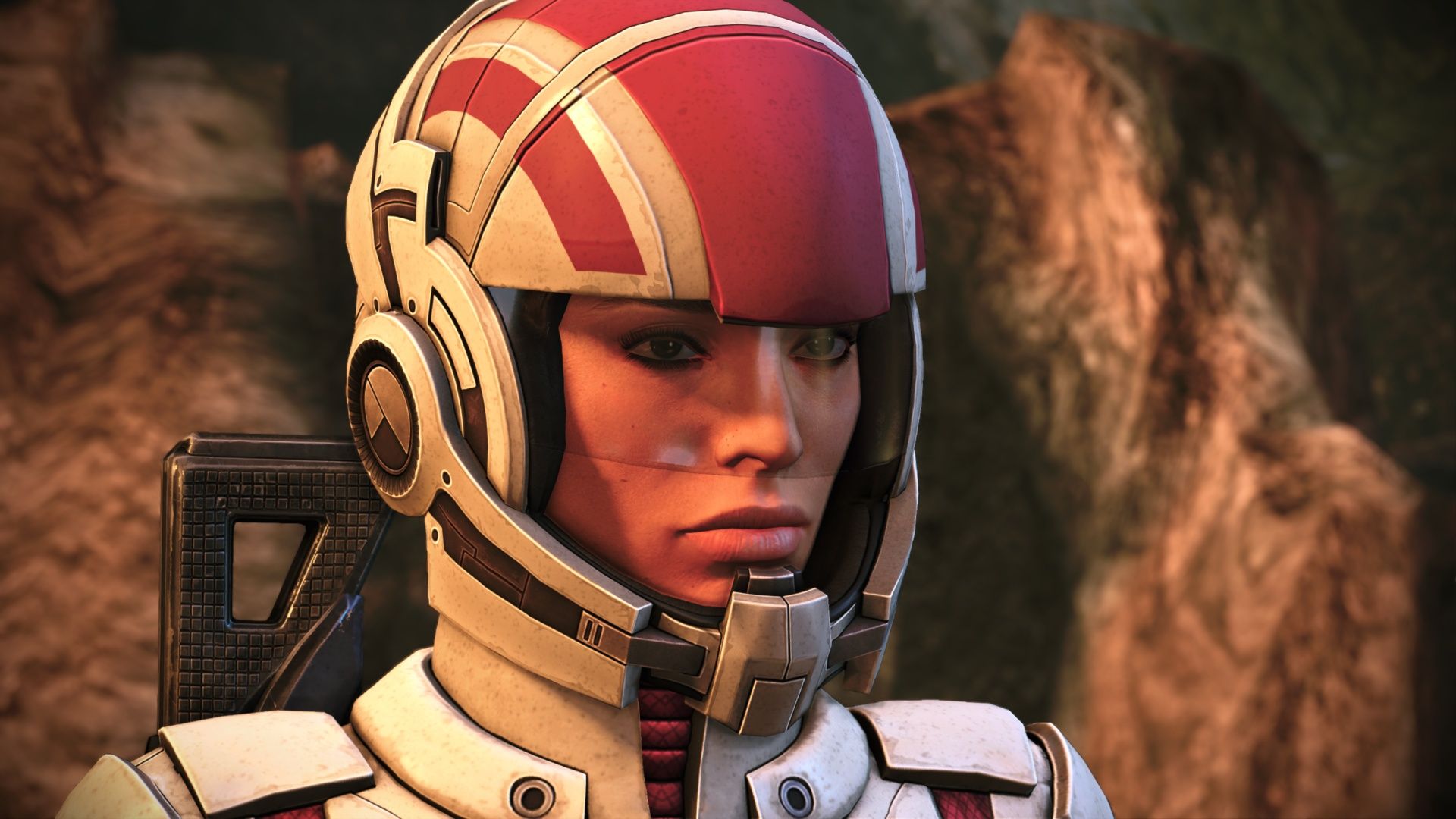
Nintendo recently received a patent for a feature where players can summon creatures to fight for them. This gives Nintendo the legal right to take action against any game that includes a similar feature. The question is, what exactly counts as a “summonable creature”? Does it only refer to monsters like Pokémon, or could it also include characters, such as the ghostly soldiers players can summon in a game like *Elden Ring*?
The video game world is constantly changing, and it’s hard to say whether this new patent will be good or bad for the industry. While we wait to see what happens, let’s take a look at some past video game patents that either boosted or hindered progress over the years.
Nintendo’s D-Pad
An Easy Workaround For Developers
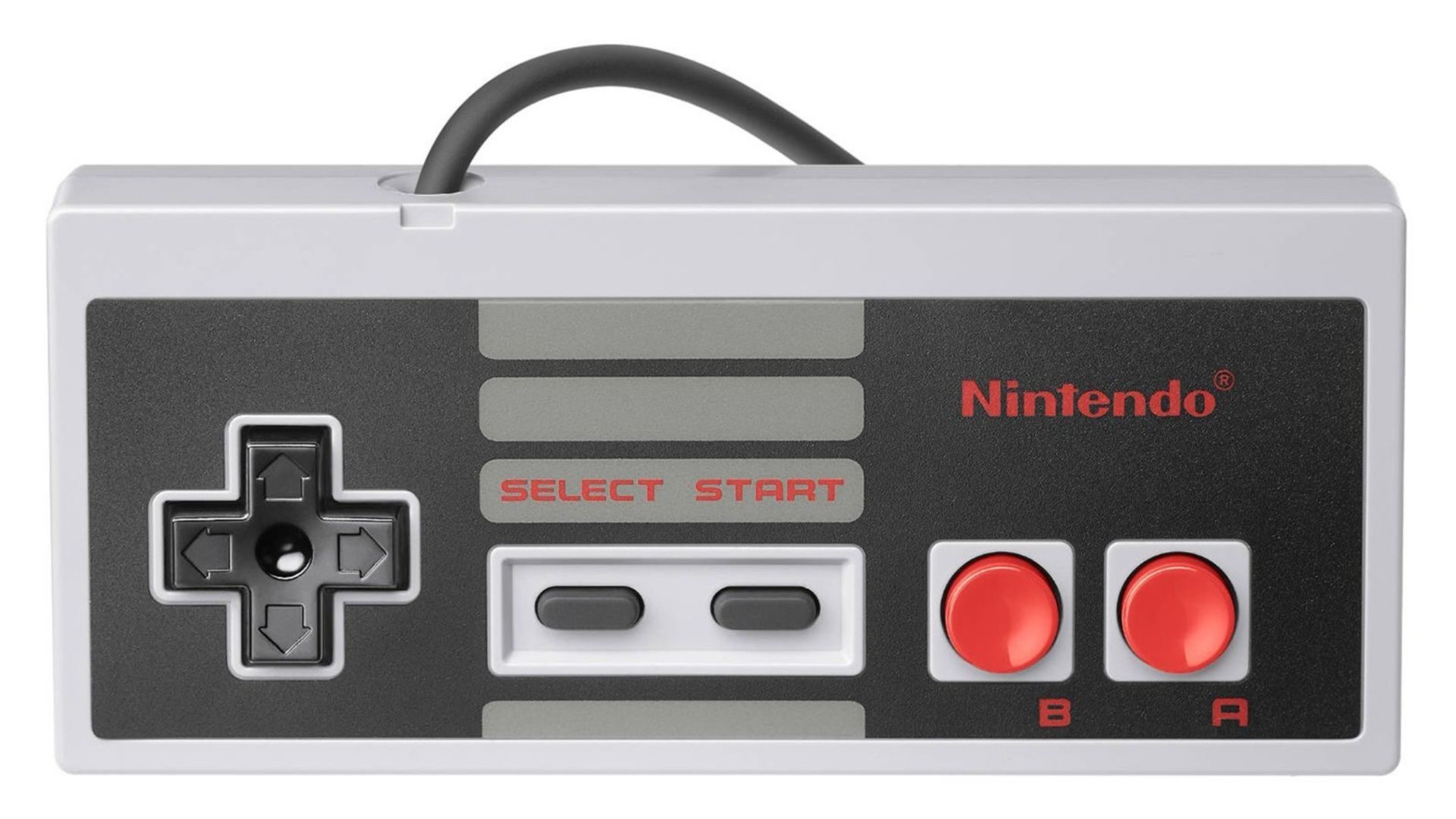

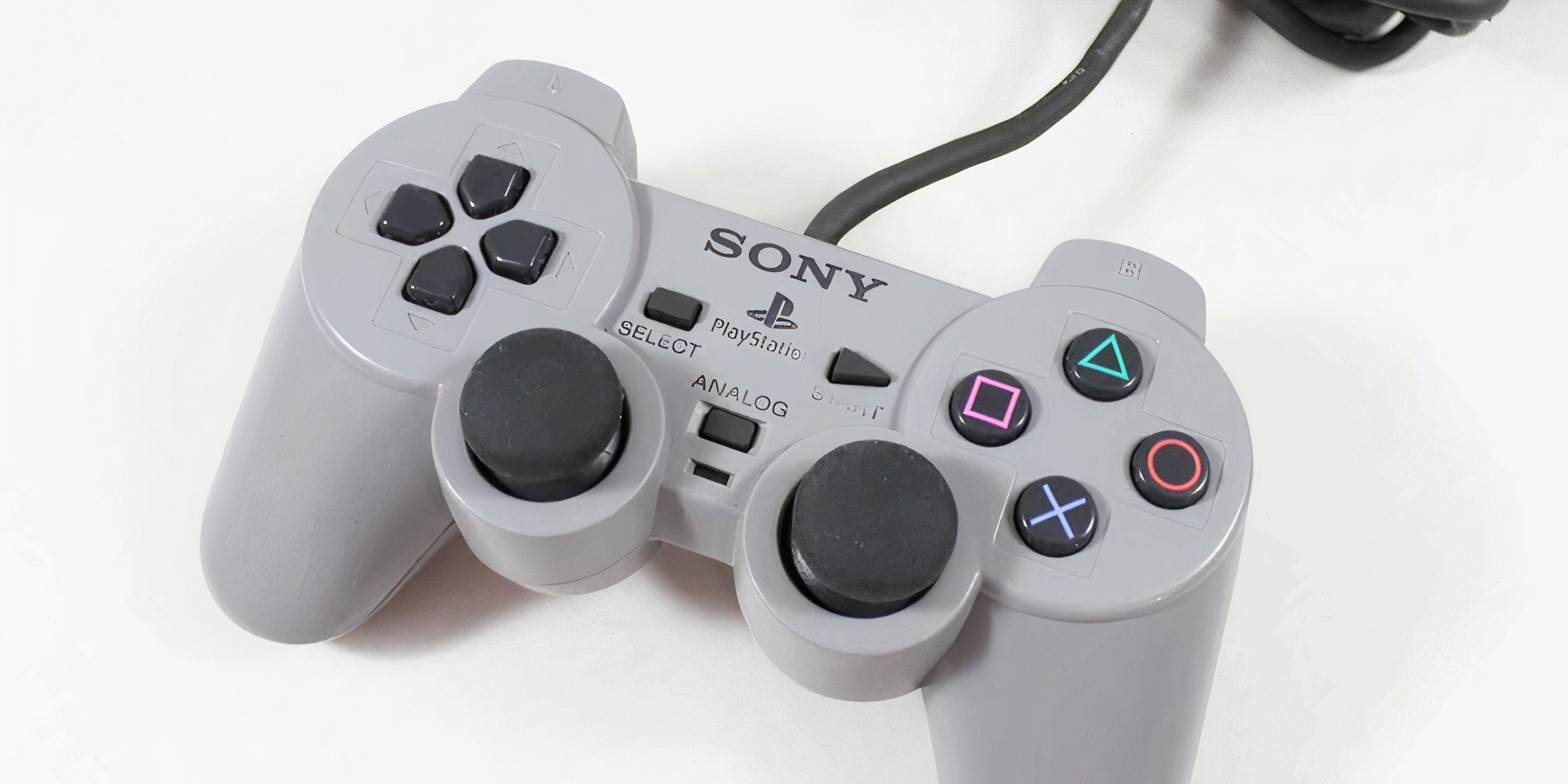
Nintendo secured a highly influential patent in 1985 that protected their unique D-Pad design on game controllers. This prevented other companies from directly copying it. Because of this patent, no controller features a simple, plain cross-shaped D-Pad; instead, competitors developed alternative designs to achieve similar functionality.
Take the Sega Genesis controller – it features a cross shape, but it’s actually within a circle containing eight directional arrows. Sony’s controllers also use a cross design, cleverly hidden as separate buttons under the controller’s surface. While Nintendo’s original controller patent ran out in 2005, other companies continue to design controllers with a similar layout, largely because Nintendo established the standard and built a strong brand reputation.
Mini-Games During Loading Screens
Not Worth It Anymore
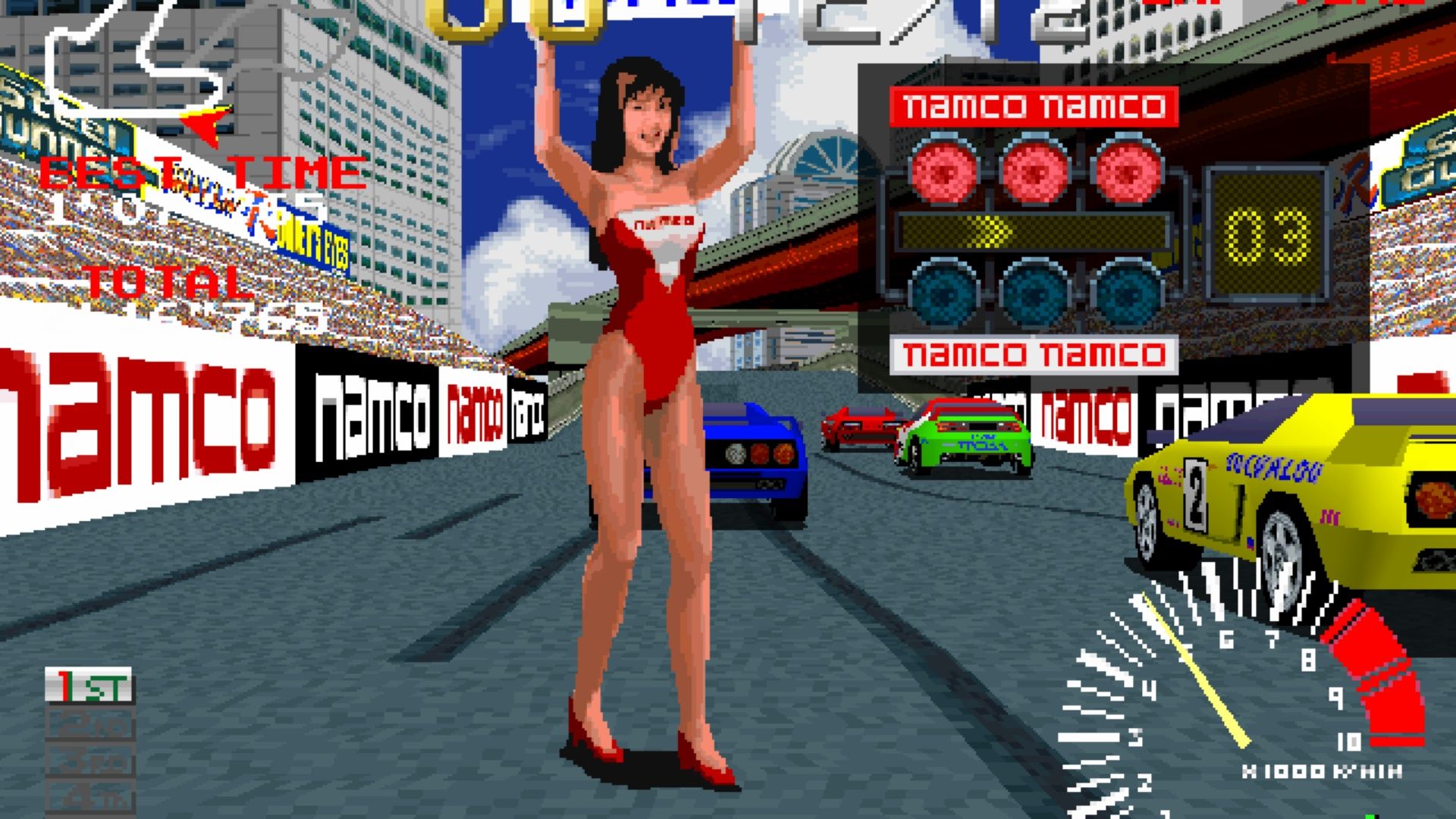
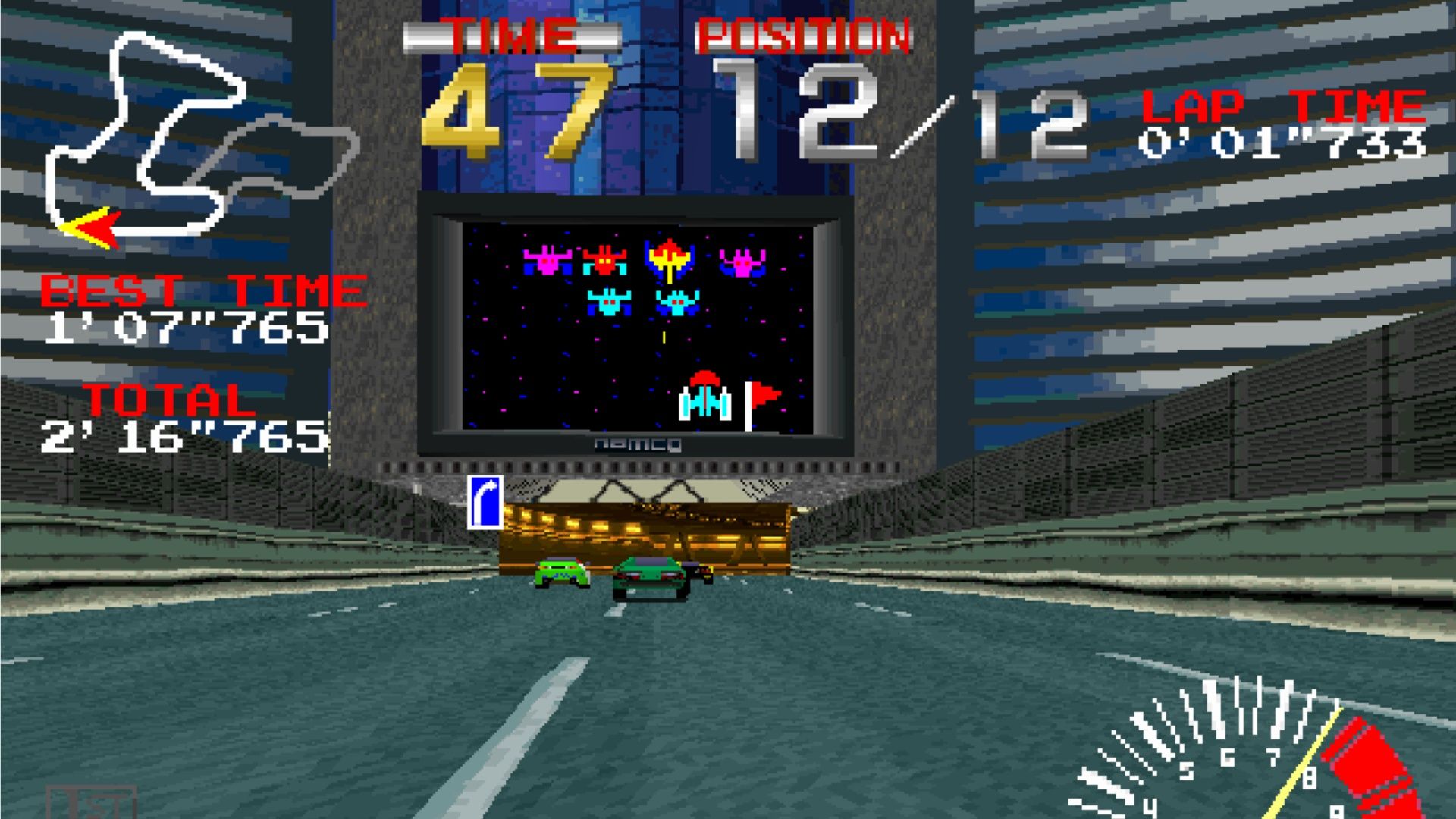
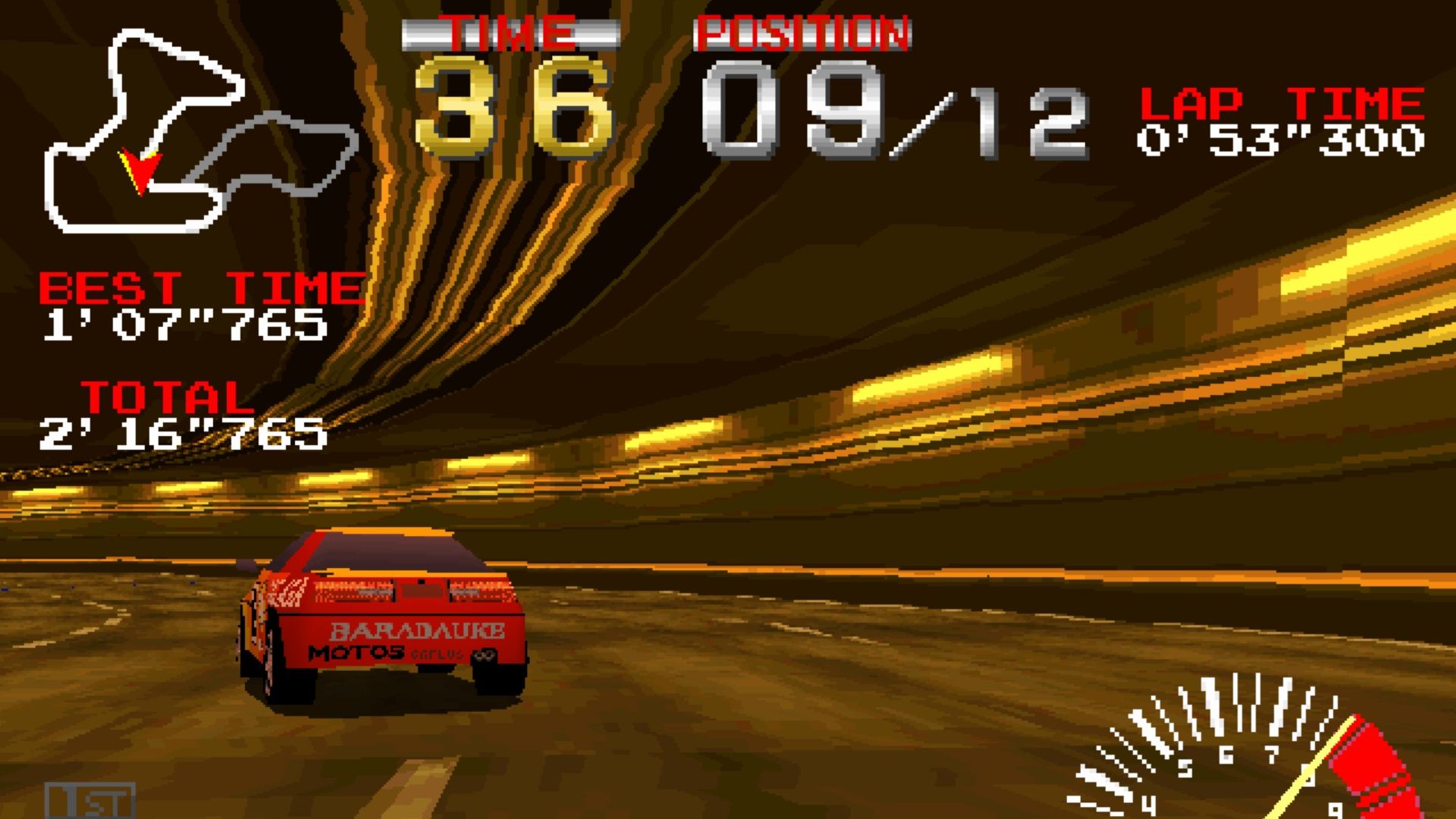
For many years, long loading screens were a common frustration in console games. While the PlayStation 5 and Xbox Series X/S significantly improved loading speeds, Namco came up with a clever solution before those advancements. In 1995, they patented the idea of including mini-games during loading times. The first game to use this feature was *Ridge Racer*, which allowed players to enjoy a classic shoot ’em up game, *Galaxian*, while waiting for levels to load.
The patent didn’t prevent games from including some level of interaction while loading. Many players of games like *Assassin’s Creed* and *Bayonetta* remember being able to move around and control their characters in empty spaces during loading screens. With the patent expiring in 2015, developers are now free to add more involved mini-games to loading sequences, though these screens themselves are becoming less common, so it might not be a priority.
The Nemesis System
Enemies That Can Learn
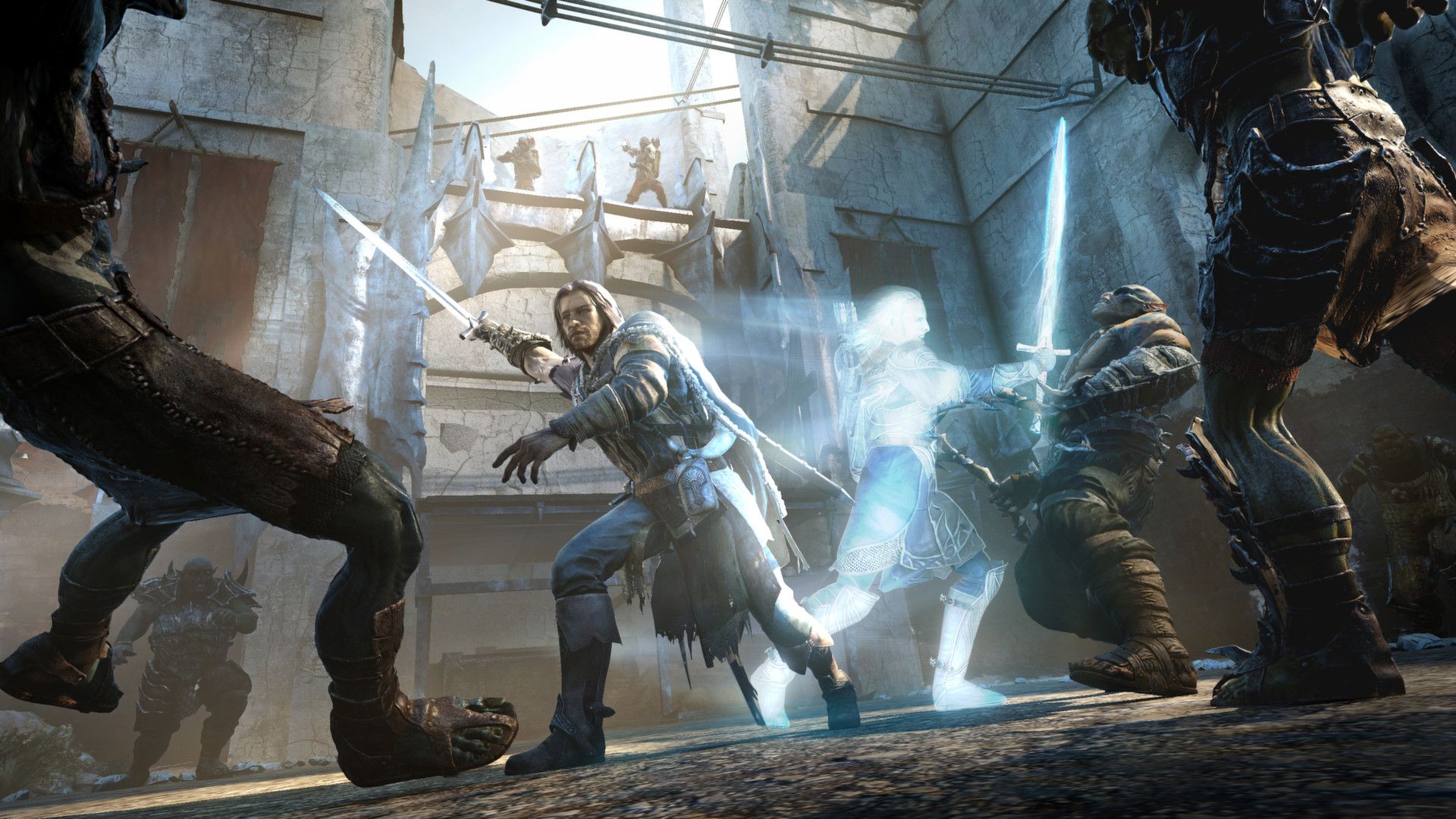
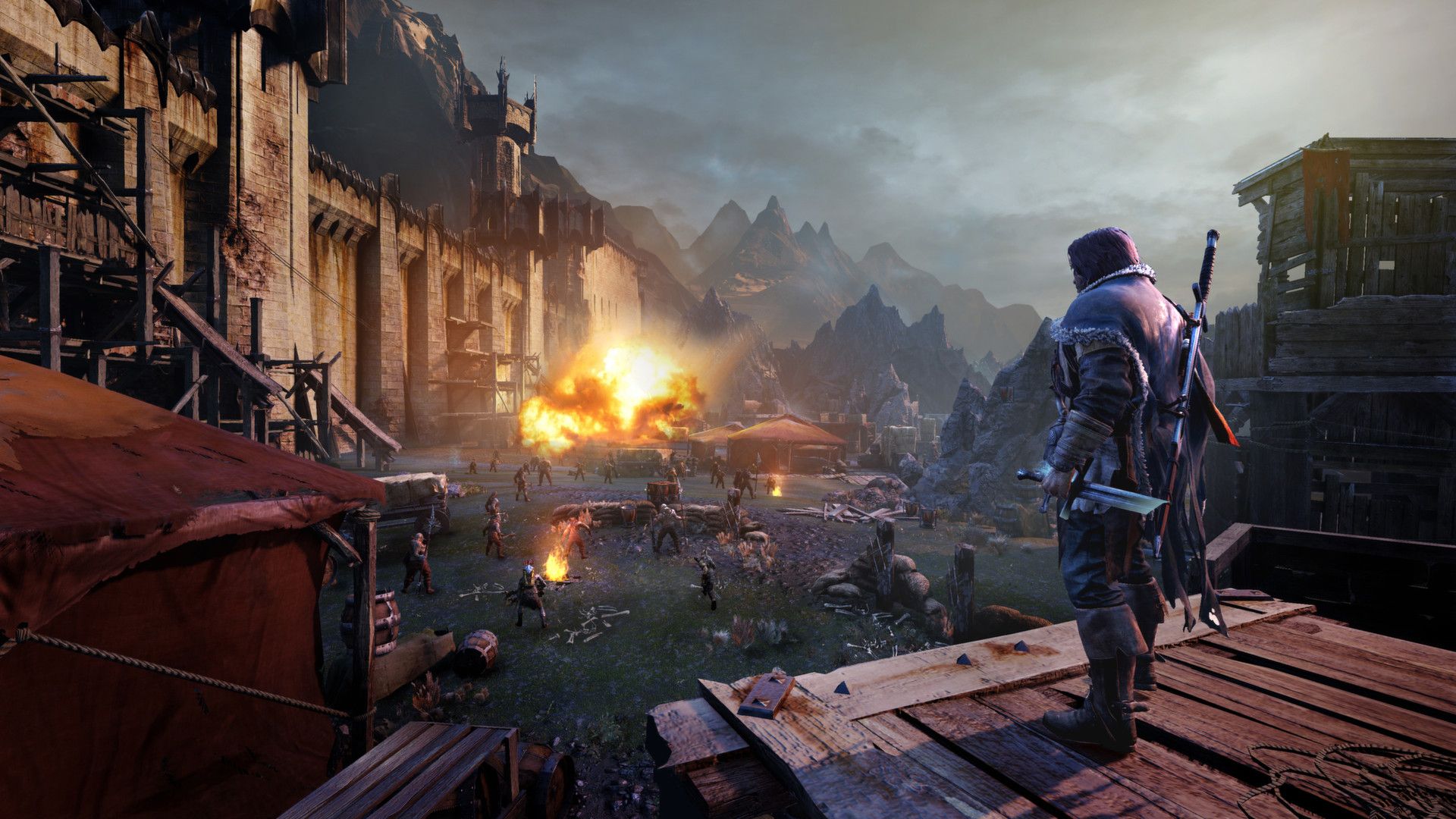
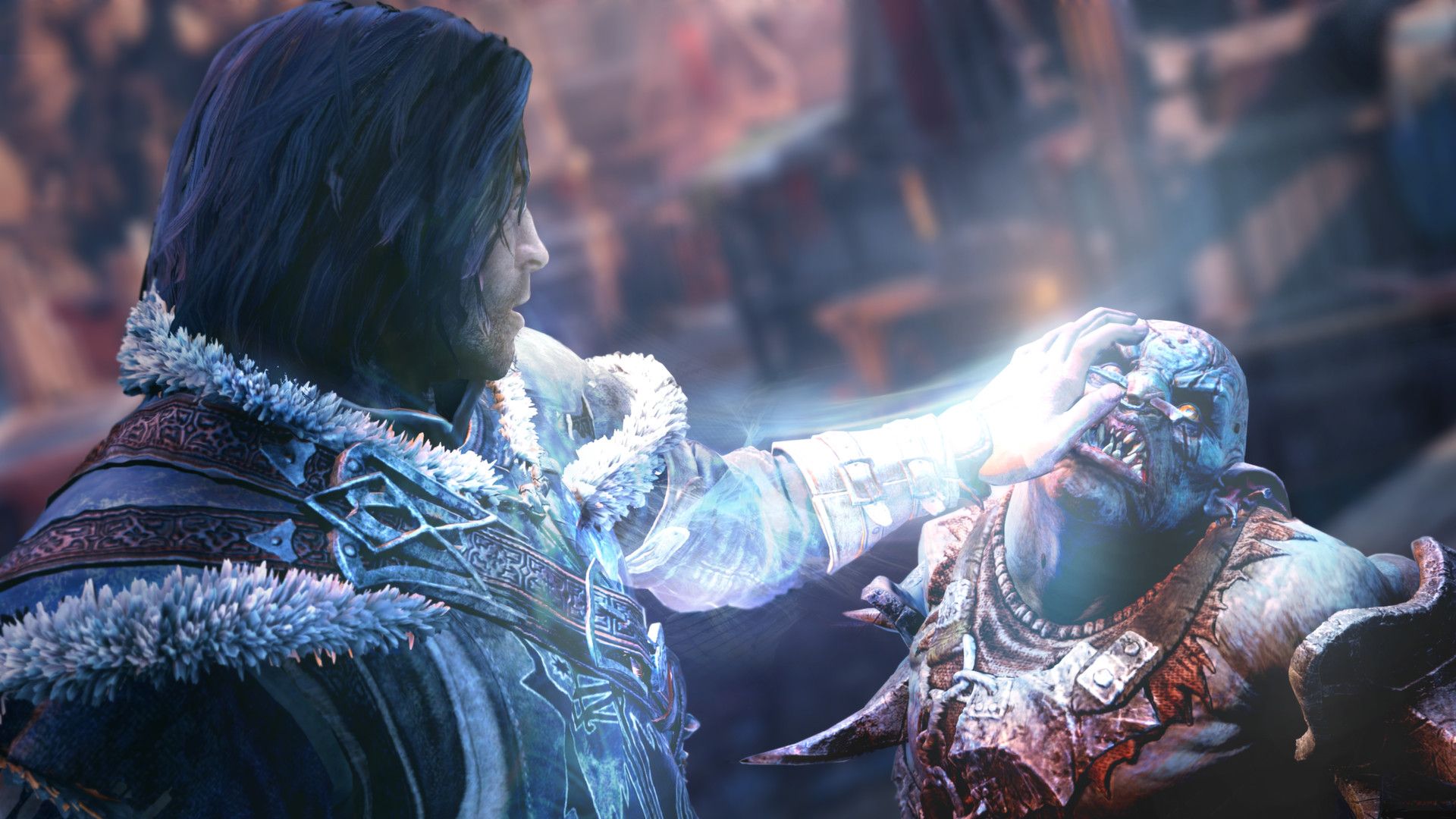
Warner Bros. holds a patent on the “Nemesis System,” a unique feature that first appeared in the game *Middle-earth: Shadow of Mordor*. This patent, filed in 2016, won’t expire for another two decades, until 2036, and has sparked debate within the gaming community. Currently, *Middle-earth: Shadow of Mordor* and its sequel, *Middle-earth: Shadow of War*, are the only two games that utilize this innovative system, despite being critically acclaimed titles based on *The Lord of the Rings*.
The main problem is that Warner Bros. closed down Monolith Productions earlier this year, and reports suggested their *Wonder Woman* game was built using the Nemesis System. It feels unfortunate that the team who created this fantastic gameplay feature no longer exists, while Warner Bros. now exclusively controls it.
Guiding Arrows
The Simpsons Did It
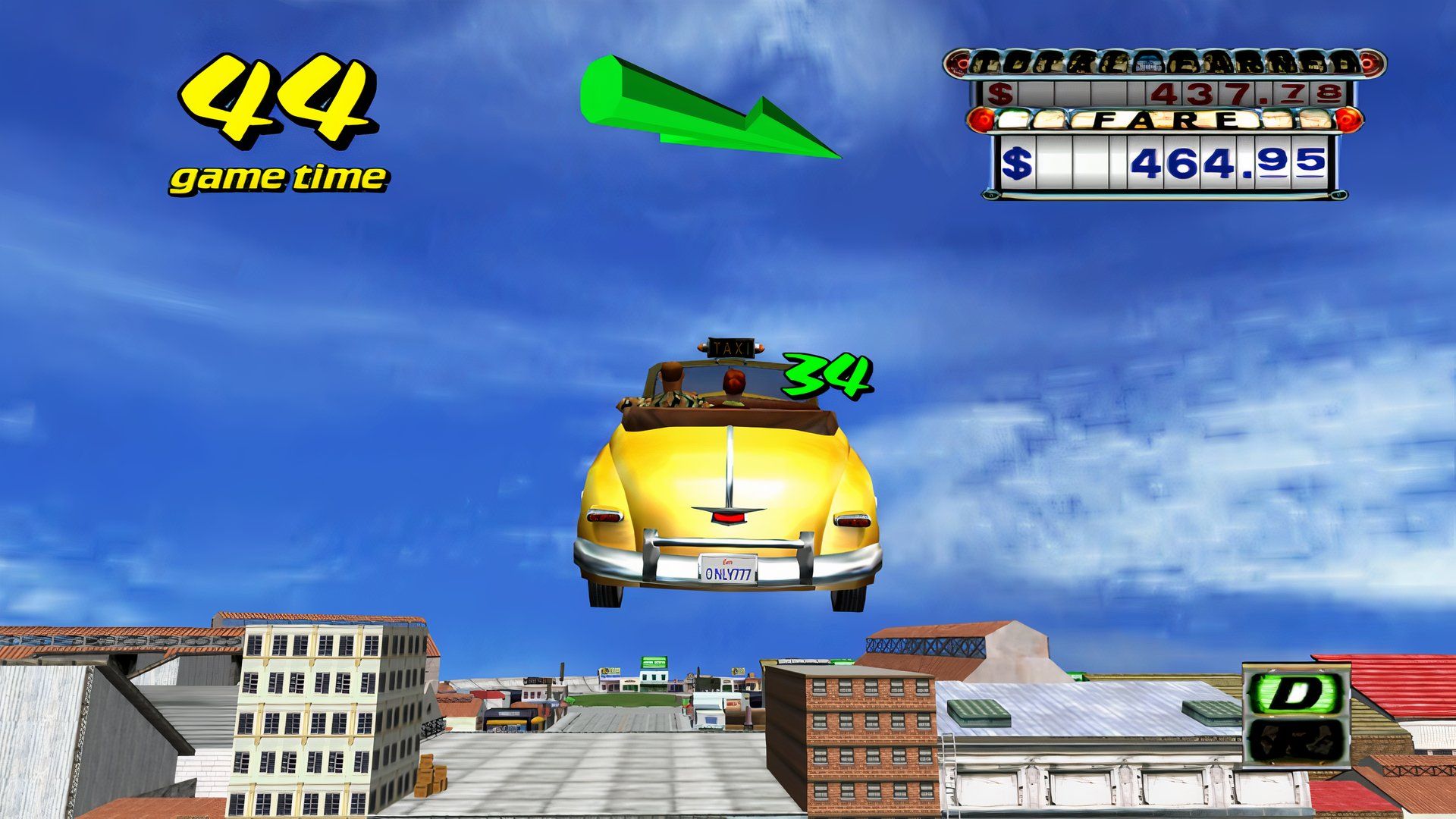
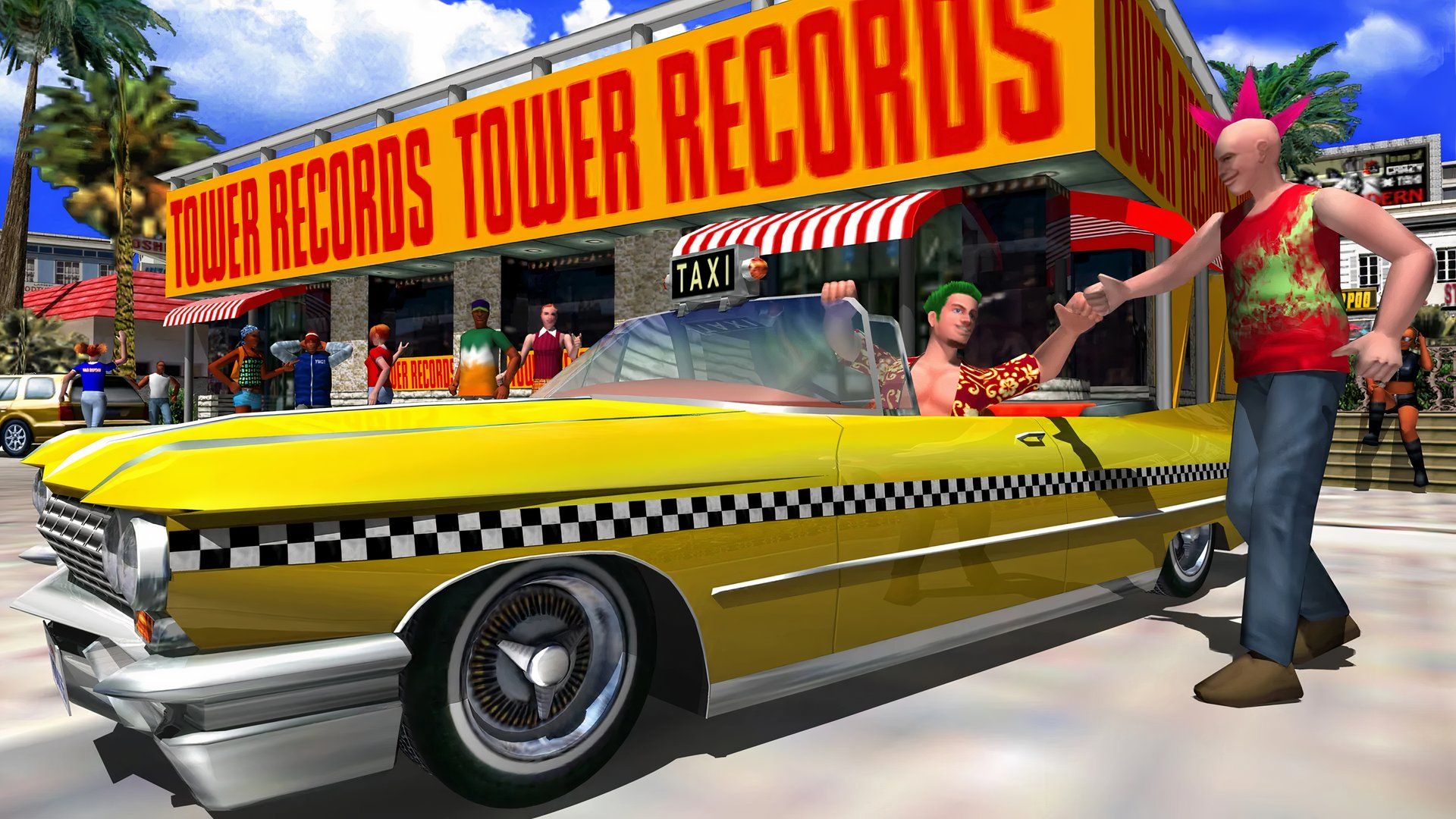
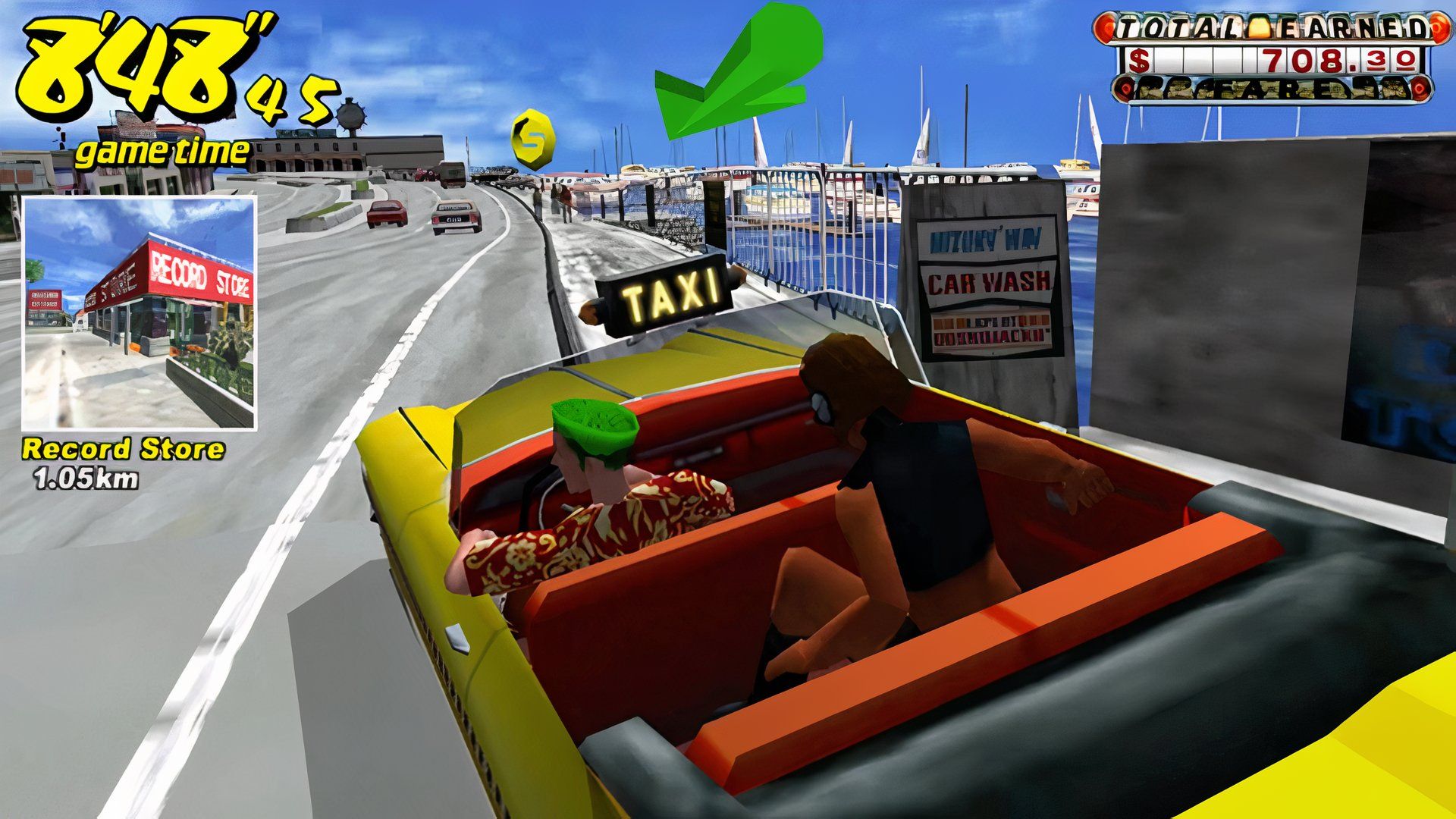
It might seem strange now, but Sega once held a patent for the “guiding arrow” system used in games like *Crazy Taxi*. These arrows showed players the way to complete deliveries. Sega patented the system in 1998, and it expired in 2018. Shortly after the patent was approved, Sega sued the developers of *The Simpsons: Road Rage*, a popular game based on the famous TV show.
I was pretty relieved when the lawsuit was settled outside of court – it could have really shaken things up for game developers! Honestly, a lot of them had already figured out ways around Sega’s arrow system. It seemed like games started using guidance systems that just *fit* better, you know? Like, the GPS in *Grand Theft Auto 4* or the guiding light in *Dead Space* – those felt natural within the game, unlike a big, floating arrow just telling you where to go.
The Sanity System
Missing Out On Years Of Great Horror
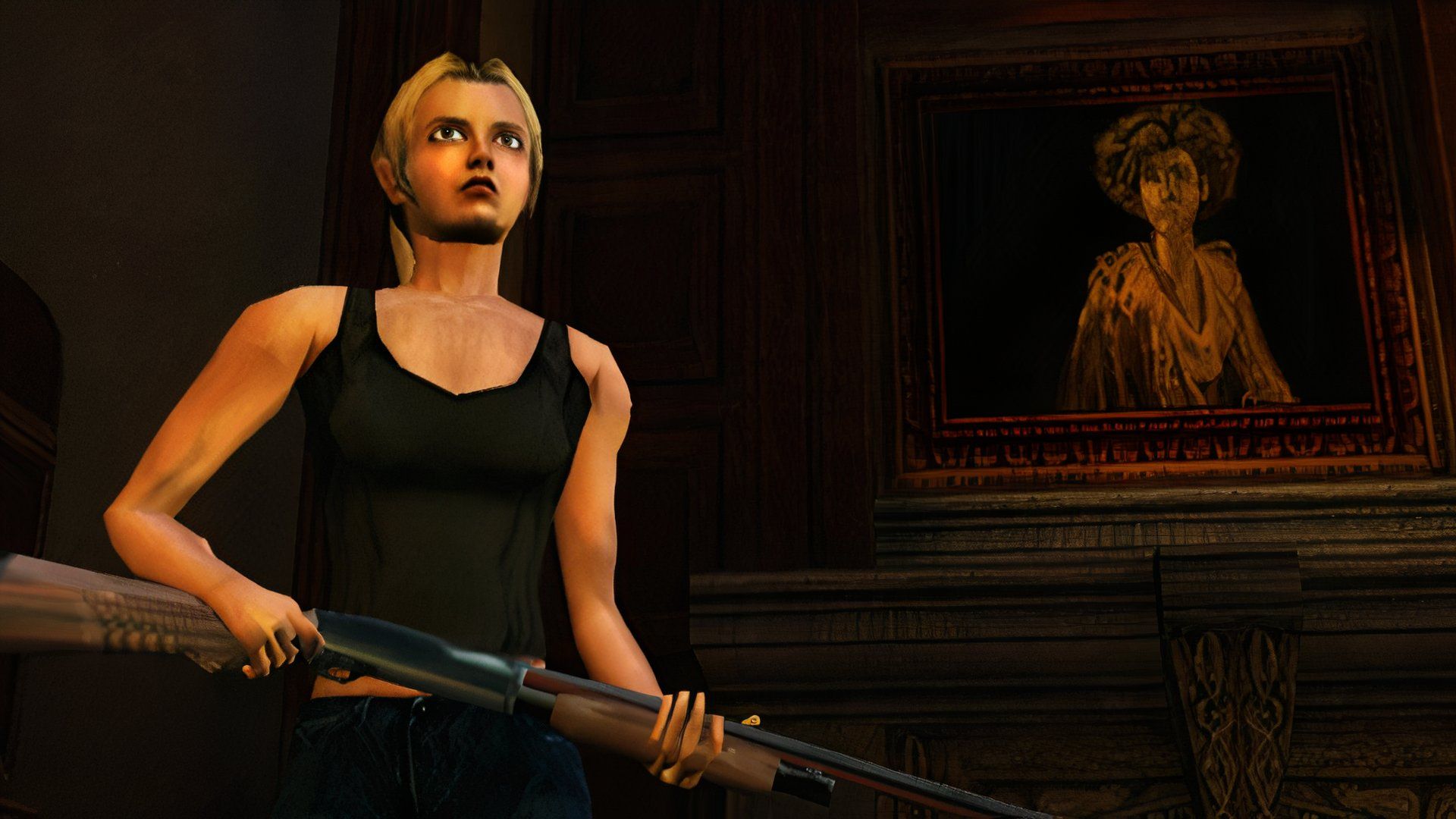

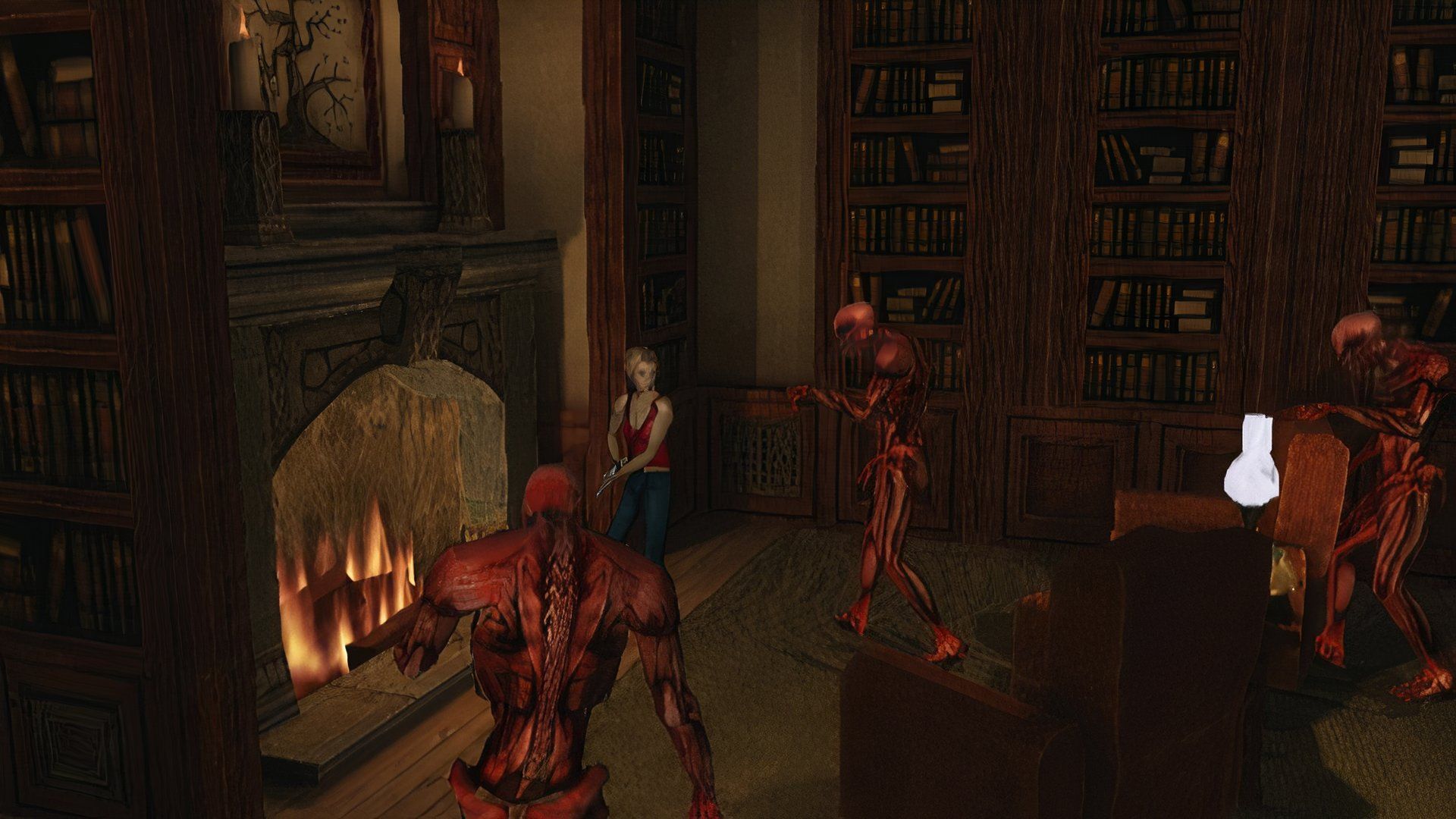
Still exclusive to the GameCube, *Eternal Darkness: Sanity’s Requiem* is famous for its innovative “Sanity System.” Developed by Silicon Knights, this horror game featured gameplay that dynamically changed based on the character’s fear level.
The game could simulate sounds of voices and even mimic a TV channel changing. Nintendo patented this technology in 2000, but the patent expired in 2021. While this didn’t prevent games from interacting with players, the patent specifically covered reactions to fear, and it’s a shame more developers didn’t explore its potential for innovative horror games.
Dialogue Wheels
An Aesthetic Way To Shape Your Story
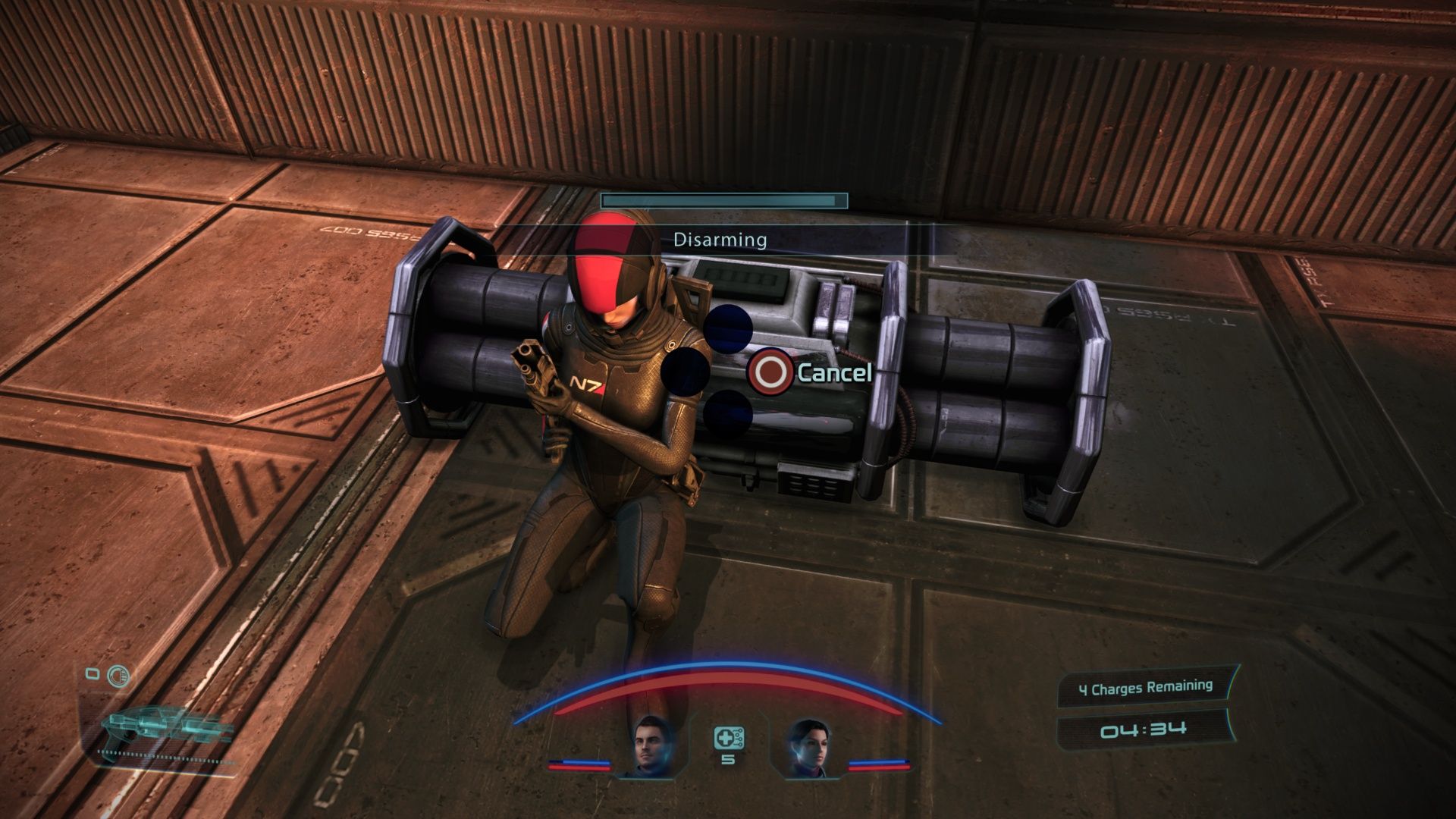
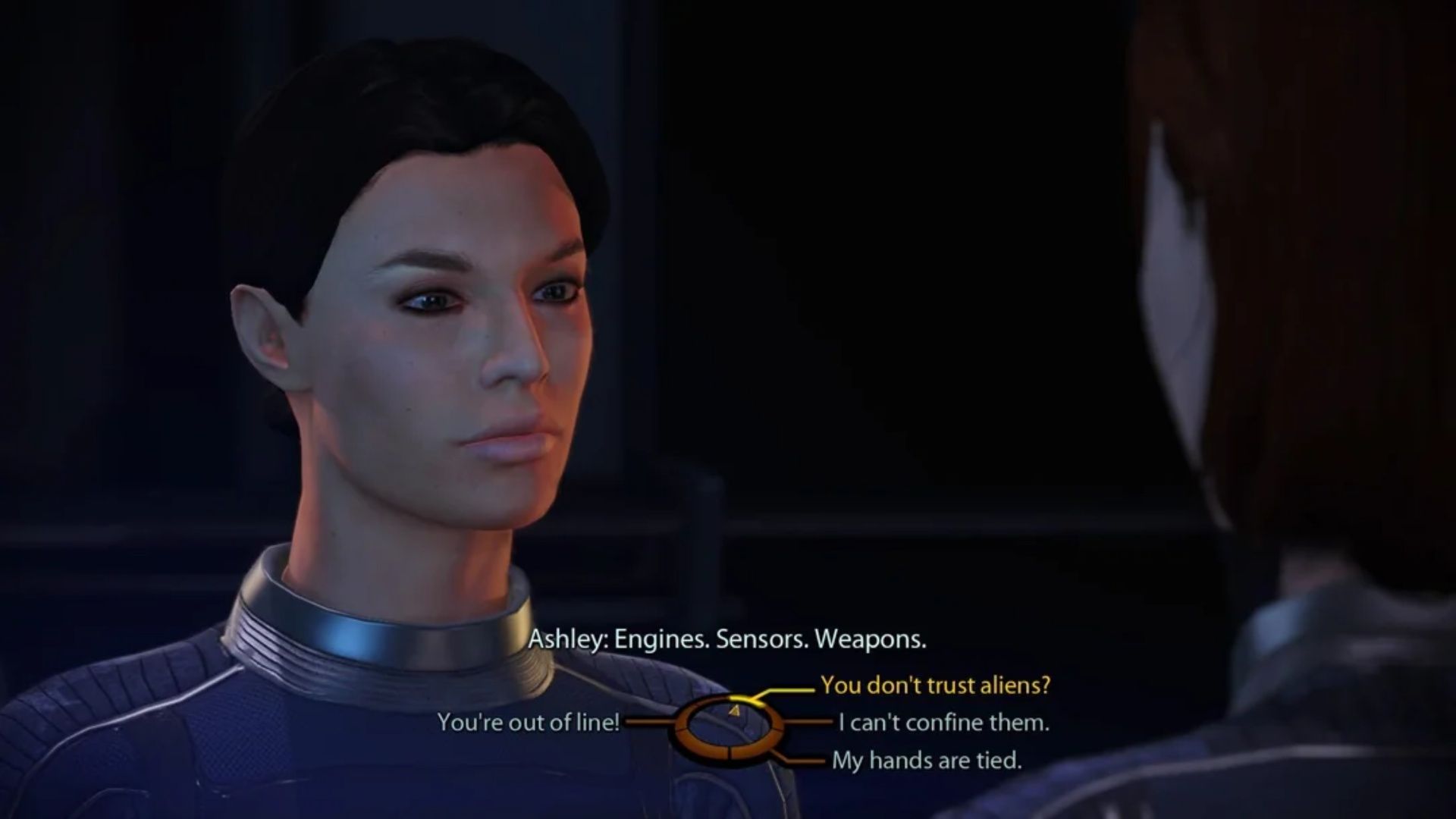
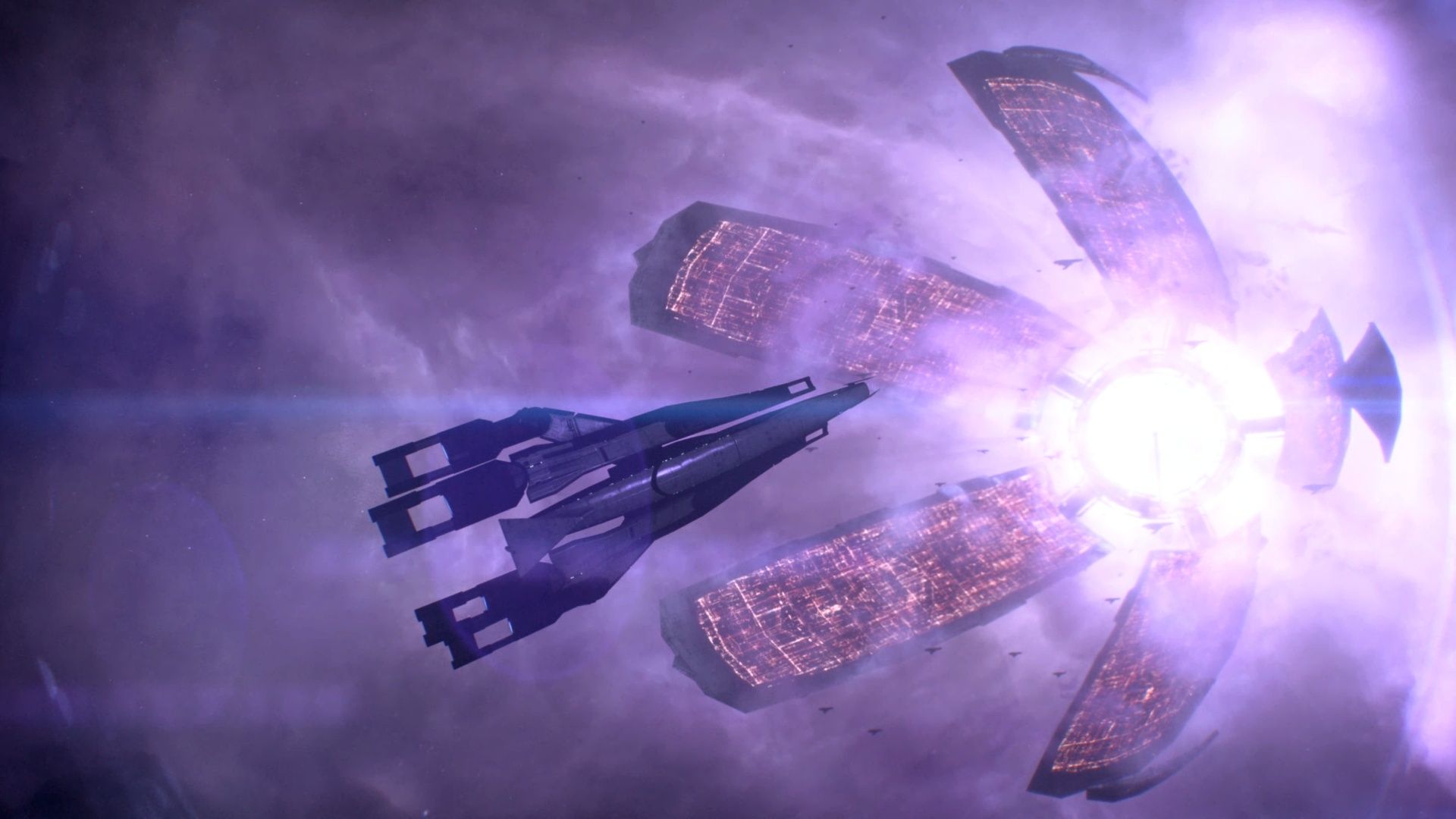
Players might not have even noticed, but EA patented a unique “dialogue wheel” system back in 2006. BioWare used this system in several of their role-playing games, including the popular *Mass Effect* and *Dragon Age* series. The patent is still valid and won’t expire until 2029, which isn’t likely to be a major issue.
Electronic Arts had the opportunity to patent the concept of dialogue choices, a move that could have significantly changed game design. Because they didn’t, other games might lack the unique and visually appealing interfaces seen in BioWare titles. However, popular games like *The Witcher 3: Wild Hunt* and *Baldur’s Gate 3* have proven that compelling dialogue doesn’t necessarily require this specific interface.
Consoles With Extra Disc Trays
Late To The Party
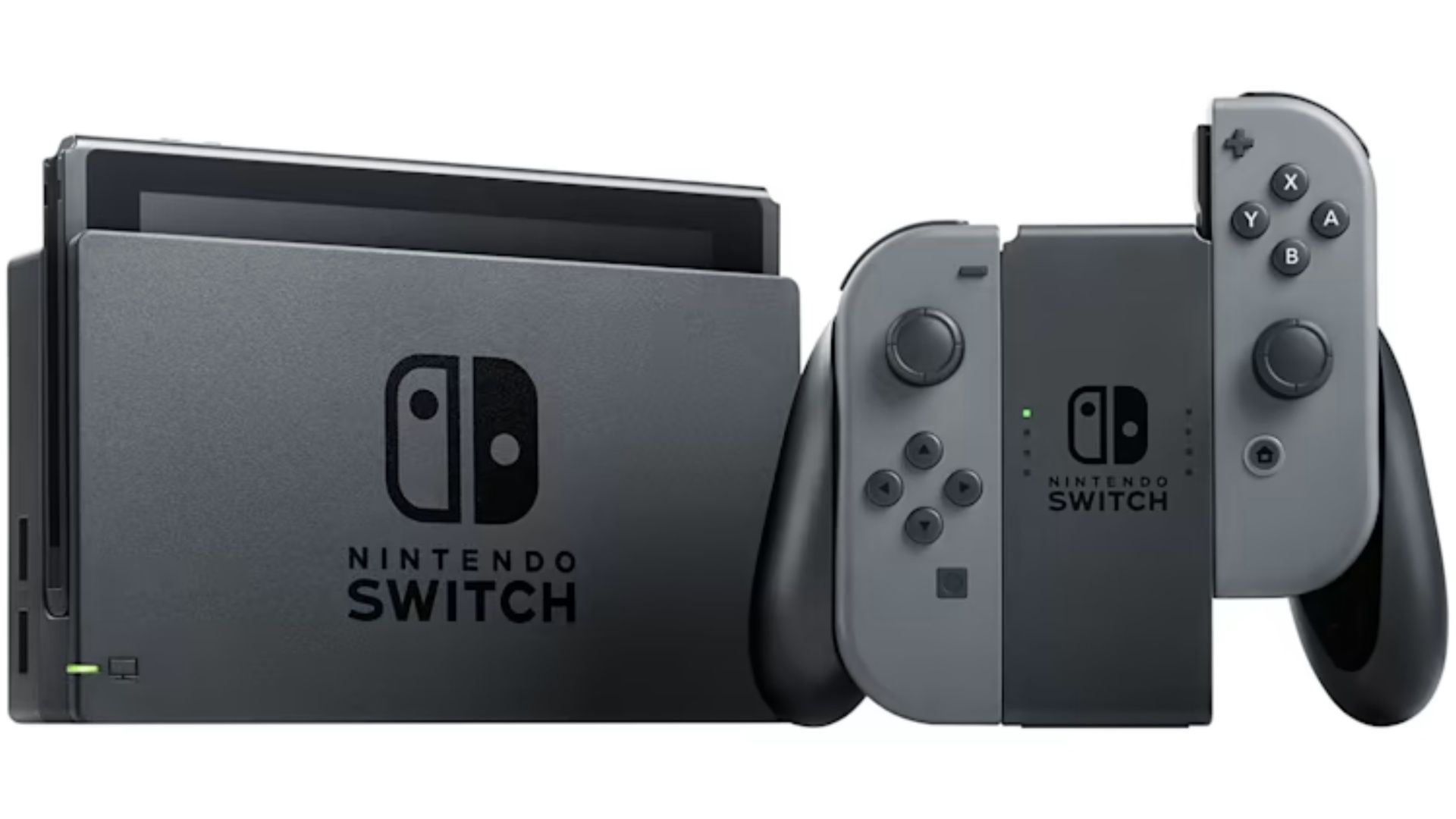
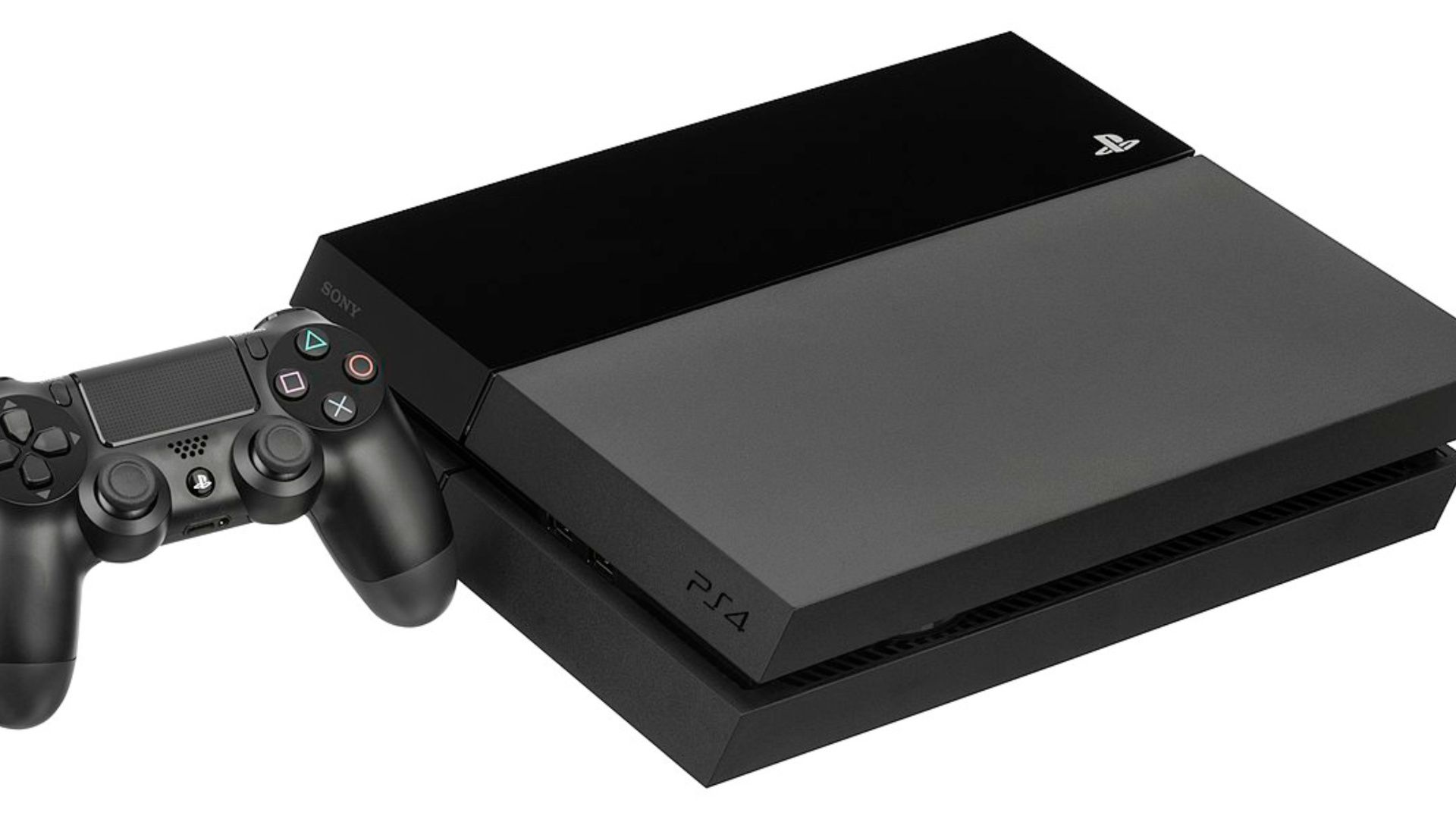
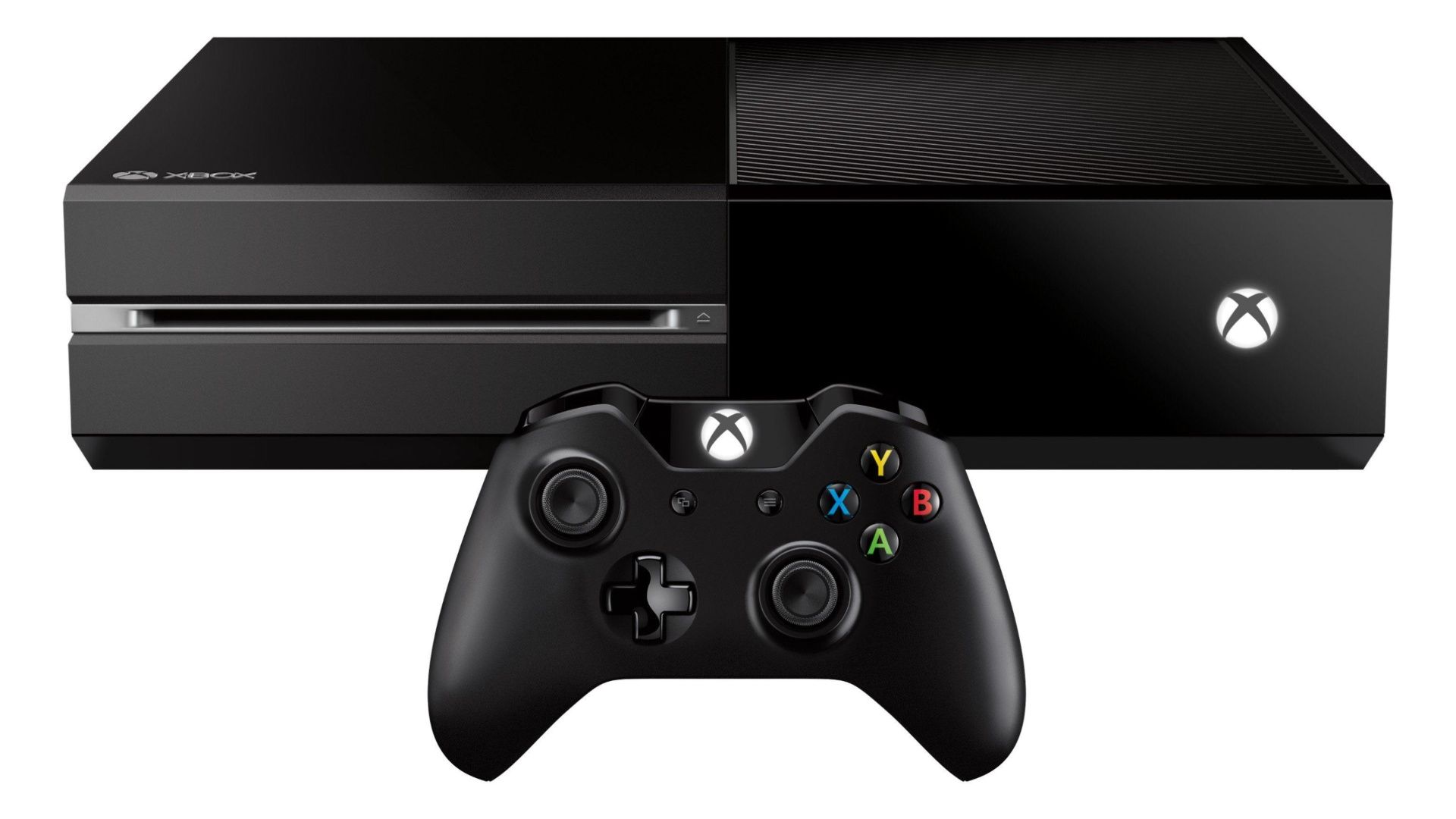
This patent could have significantly impacted the design of PlayStation, Xbox, and Nintendo consoles up until 2032. Inventor Johnny Brandon Saoud patented a concept for consoles with multiple disc drives, allowing players to quickly switch between games without needing to manually swap discs.
It’s likely that companies like Sony, Microsoft, and Nintendo considered making a console like this in the past, but the rise of digital games has made things different. Nowadays, many consoles don’t use discs, and companies are increasingly moving away from physical game copies. Because of these changes, Saoud might have missed the opportunity to create a successful console of his own.
Read More
- Jujutsu Zero Codes
- Jujutsu Kaisen Modulo Chapter 16 Preview: Mahoraga’s Adaptation Vs Dabura Begins
- One Piece Chapter 1169 Preview: Loki Vs Harald Begins
- All Exploration Challenges & Rewards in Battlefield 6 Redsec
- Boruto: Two Blue Vortex Chapter 29 Preview – Boruto Unleashes Momoshiki’s Power
- Everything Added in Megabonk’s Spooky Update
- Upload Labs: Beginner Tips & Tricks
- Best Where Winds Meet Character Customization Codes
- Top 8 UFC 5 Perks Every Fighter Should Use
- Battlefield 6: All Unit Challenges Guide (100% Complete Guide)
2025-09-24 21:11